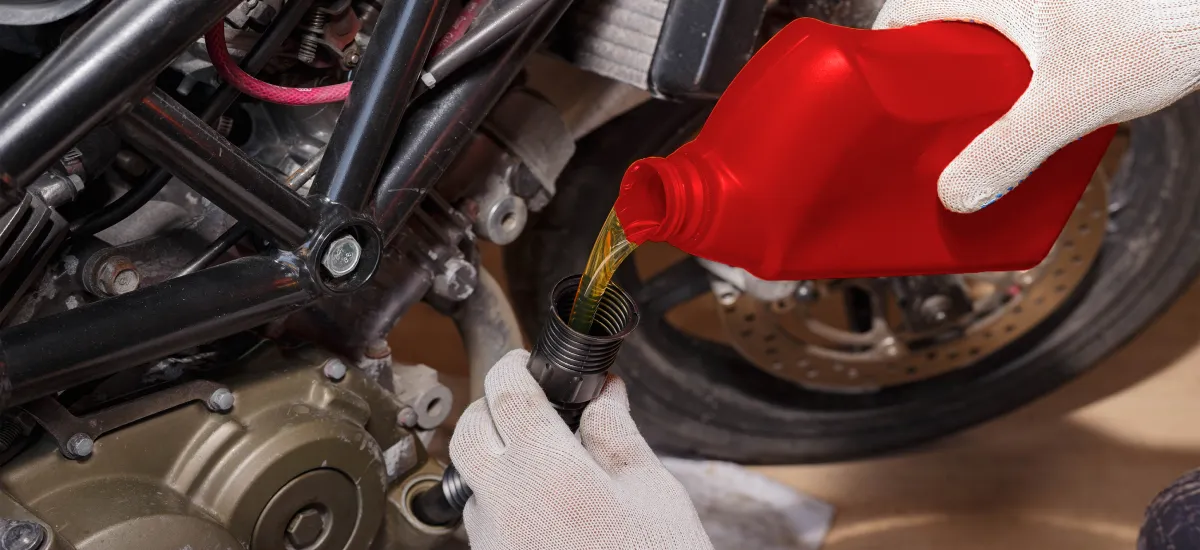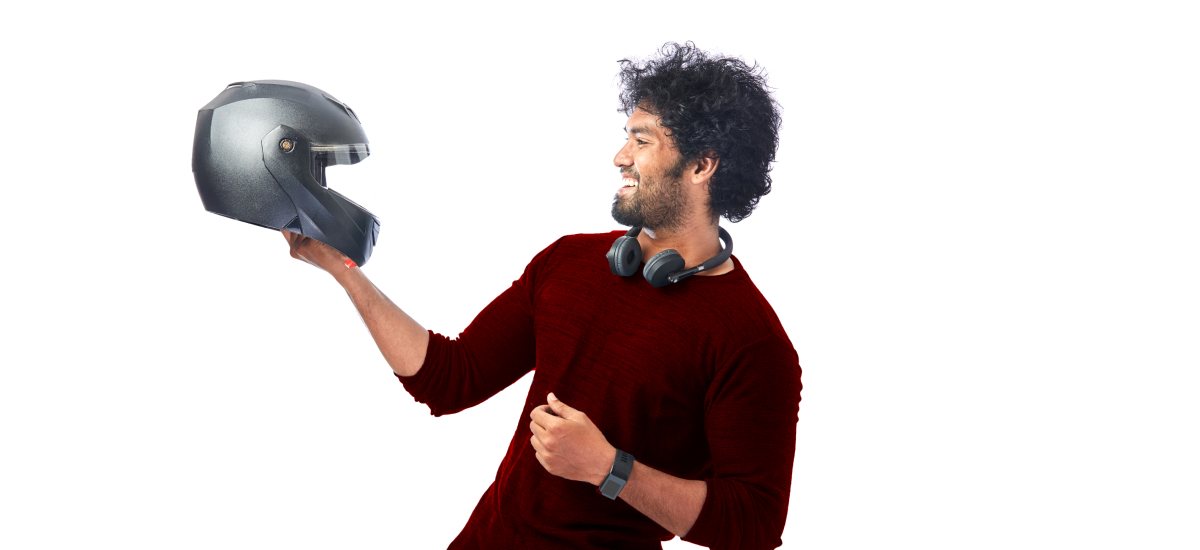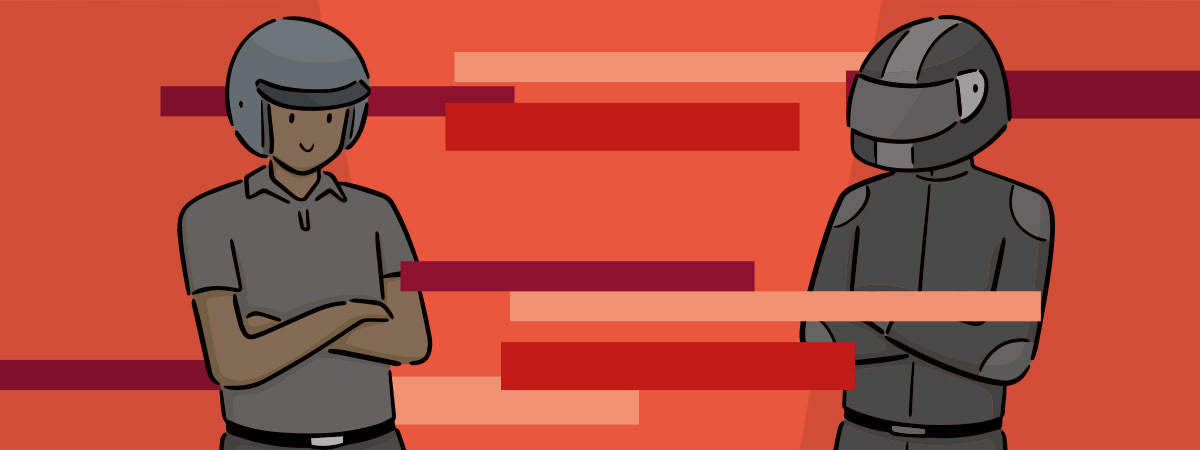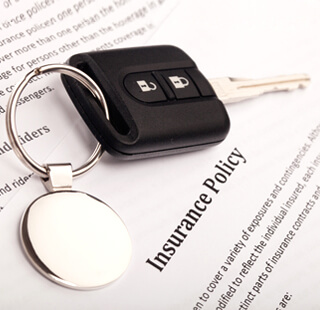When it comes to choosing the right bike, two terms often come up in discussions: torque and BHP. While both relate to a bike's performance, they measure different aspects. Understanding the distinction between torque vs BHP is crucial not only for selecting a bike that suits your riding style but also for determining your bike insurance premiums.
What is torque in a bike?
Torque, measured in Newton-metres (Nm), refers to the rotational force generated by a bike's engine. It is the twisting force that propels the bike forward, enabling it to accelerate and carry loads. The formula for calculating torque is:
Torque = Force × Distance
A bike with higher torque can effortlessly carry heavier loads and maintain a consistent speed, making it ideal for long rides and touring purposes.
The role of torque in a bike's performance
Torque plays a crucial role in a bike's performance, especially when it comes to load-bearing capacity and low-end acceleration. When you twist the accelerator, the engine generates torque, which is then transmitted through the gearing system, shaft, and finally to the tyres. The tyres use this torque against the road surface to propel the bike forward.
A bike with higher torque offers better low-end acceleration, allowing you to pull away from a standstill or climb steep inclines with ease. It also enables you to carry heavier loads without compromising on performance or requiring frequent gear changes.
What is BHP?
Brake Horsepower, or BHP, is a measure of the bike's engine power output. It represents the total power generated by the engine without considering losses due to friction, heat, or other factors. BHP meaning is derived from the concept of measuring an engine's power output by applying a brake to the output shaft.
The formula for calculating BHP is:
BHP = (Torque × Engine RPM) ÷ 5252
A bike with higher BHP generally offers better top-end performance, allowing you to achieve higher speeds and experience thrilling acceleration.
The role of BHP in a bike's performance
Let's explore how BHP affects your riding experience:
1. Top speed: Higher BHP generally translates to a higher top speed. Bikes with more BHP can reach and maintain higher velocities.
2. Acceleration: BHP also influences acceleration, especially at higher speeds. A bike with more BHP will typically accelerate faster and have better in-gear acceleration.
3. Power-to-weight ratio: The impact of BHP on performance is also influenced by the bike's weight. A lighter bike with the same BHP will generally perform better than a heavier one.
The difference between torque and BHP
Torque and BHP both influence a bike’s performance, but they represent different aspects of power:
1. Torque determines a bike's load-bearing capacity and low-end acceleration, while BHP influences top speed and overall power output.
2. Torque is crucial for bikes designed for touring, carrying heavy loads, or navigating challenging terrains, while BHP is prioritised in sports bikes and performance-oriented models.
3. Bikes with higher torque offer better fuel efficiency and require fewer gear changes, while those with higher BHP may consume more fuel and demand more frequent gear shifts.
4. Torque is measured in Newton-metres (Nm), while BHP is measured in horsepower (HP).
When choosing a bike and considering bike insurance options, it is essential to strike a balance between torque and BHP based on your riding preferences and requirements.
How BHP and torque affect your bike's performance
The combination of torque and BHP determines a bike's overall performance characteristics. A bike with high torque but low BHP will have excellent low-end acceleration and load-carrying capacity but may struggle at higher speeds. Conversely, a bike with high BHP but low torque will have impressive top-end performance but may feel sluggish at lower speeds.
The ideal balance between torque and BHP depends on your riding style and needs. For city riding and daily commutes, a bike with higher torque may be more suitable, as it provides better low-speed manoeuvrability and acceleration. For highway riding and racing, a bike with higher BHP may be preferable for maintaining high speeds and quick overtaking.
Do BHP and torque affect the bike insurance you buy?
While torque and BHP primarily affect a bike's performance, they can also have an indirect impact on your bike insurance premiums. Insurance companies consider various factors when determining premiums, including the bike's make, model, engine capacity, and power output.
Generally, bikes with higher BHP and larger engine capacities tend to have higher insurance premiums. This is because more powerful bikes are often associated with higher risk due to their increased speed capabilities and potential for accidents. However, the impact of torque on insurance premiums is less straightforward, as it is not always directly related to the bike's overall power output.
When choosing a bike and considering insurance costs, it's essential to strike a balance between your performance needs and budget. Opting for a bike with moderate BHP and torque can help keep insurance premiums more affordable while still providing a satisfying riding experience.
Ride smart, insure smarter
Understanding the difference between torque and BHP is crucial for every bike enthusiast. While torque offers low-speed responsiveness and load-carrying capability, BHP determines top speed and high-speed acceleration. The perfect balance between the two depends on your riding preferences and needs.
Moreover, torque and BHP can also impact your bike insurance considerations. By grasping the nuances of torque and BHP, you can make informed decisions about your bike's performance and insurance needs, ensuring a safe and enjoyable riding experience.
Looking to match performance with protection? Discover competitive bike insurance plans from Generali Central Insurance now.
FAQs
1. What is the difference between torque and BHP?
Torque is the rotational force generated by the engine, while BHP is the total power output. Torque determines low-end acceleration, while BHP affects top-end performance.
2. Which is more important for city riding, torque or BHP?
For city riding, torque is generally more important, as it provides better low-speed manoeuvrability and acceleration.
3. Do bikes with higher BHP always have higher insurance premiums?
Generally, yes. Bikes with higher BHP and larger engine capacities tend to have higher insurance premiums due to the increased risk associated with more powerful bikes.
4. Can I find a bike with good performance and affordable insurance?
Yes, by striking a balance between performance and affordability, you can find a bike that suits your needs while keeping insurance costs manageable.
5. How can I choose the right bike based on torque and BHP?
Consider your riding style and needs. For city riding, prioritise torque. For highway riding and racing, prioritise BHP. Aim for a balance that suits your preferences and budget.
























